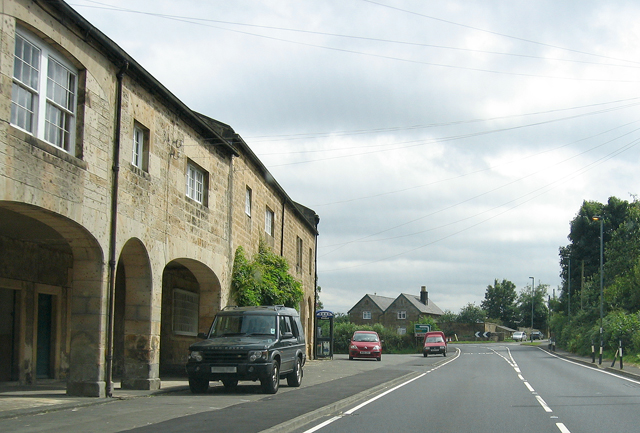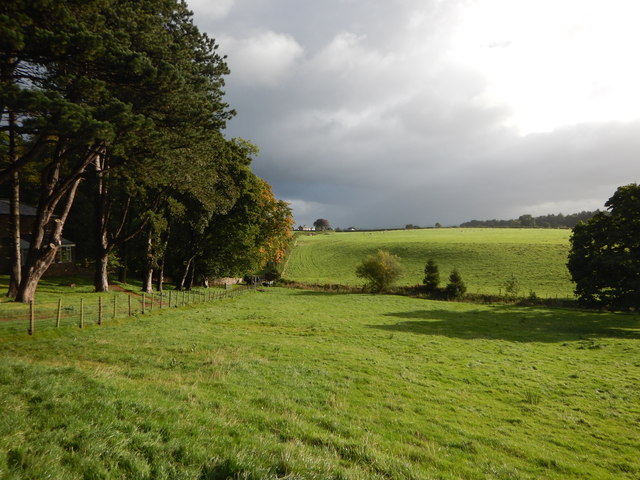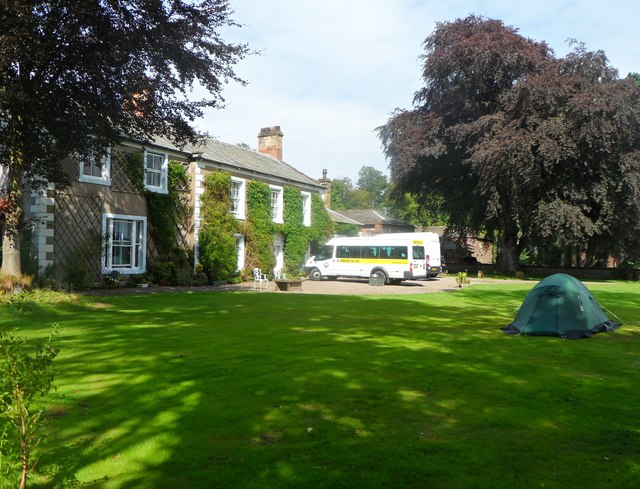Belsay Colliery Station

-
Description
"....Belsay Colliery, four miles SSW of Belsay village in the depths of the Northumbrian countryside. The colliery, which opened in 1923 to extract household coal, was operated by Kirkheaton Coal Company. (This firm’s nearby Kirheaton Colliery and Drift closed in 1924.) The workforce never reached a hundred, production was limited, and the colliery closed in 1930. For some of the colliery’s working life, an untimetabled passenger train service for miners was provided on the 7½-mile single-track route for the final mile between Belsay Colliery and a row of miners’ cottages at Wallridge (NZ059768). It is unlikely that platforms were built either at Belsay Colliery or Wallridge. Motive power was an ex-Glasgow & South Western Railway 0-6-0, and there were six trucks, two passenger coaches and a guard’s van. The line was known as the Wallridge Mineral Railway after the almost uninhabited parish where it terminated: the population in 1901 was two. In 1931 there were 37 inhabitants, and presumably all or most of these people occupied the miners’ cottages. The line was not shown on the Ordnance Survey One-inch Popular Edition map (published 1947) but its route appeared on the first Seventh Series Sheet 78 of 1953 ....." -
Owner
Disused Stations -
Source
Local (Co-Curate) -
License
What does this mean? Unknown license check permission to reuse
-
Further information
Link: http://disused-stations.org.uk/b/belsay_colliery/index.shtml
Resource type: Text/Website
Added by: Simon Cotterill
Last modified: 2 years, 2 months ago
Viewed: 443 times
Picture Taken: Unknown -
Co-Curate tags







